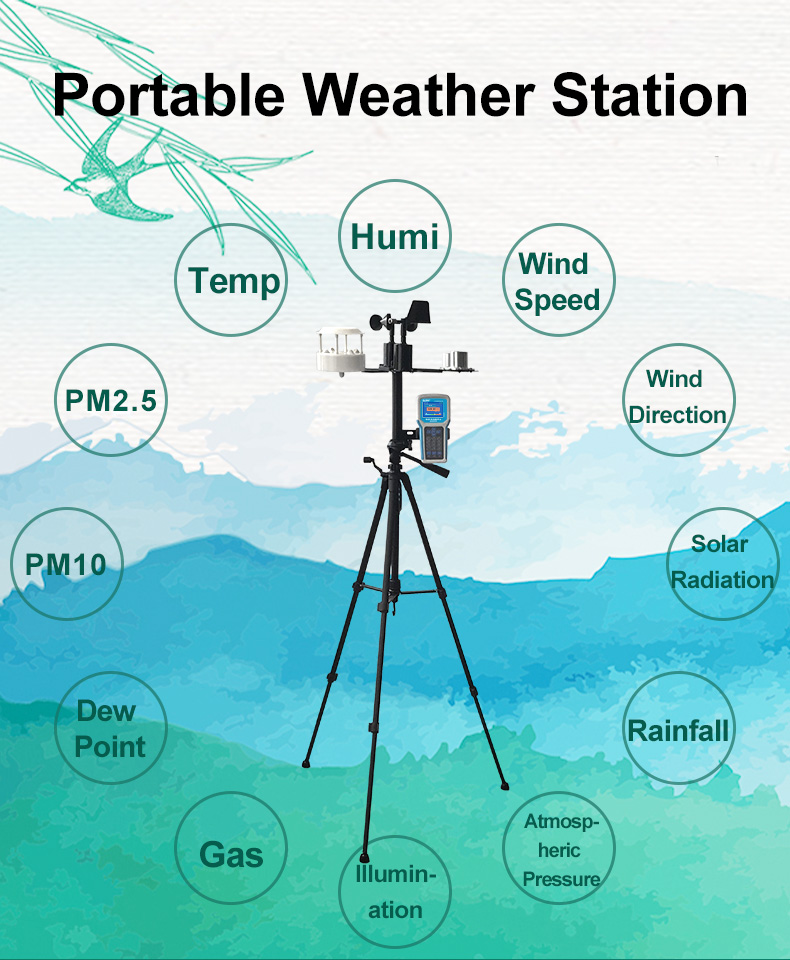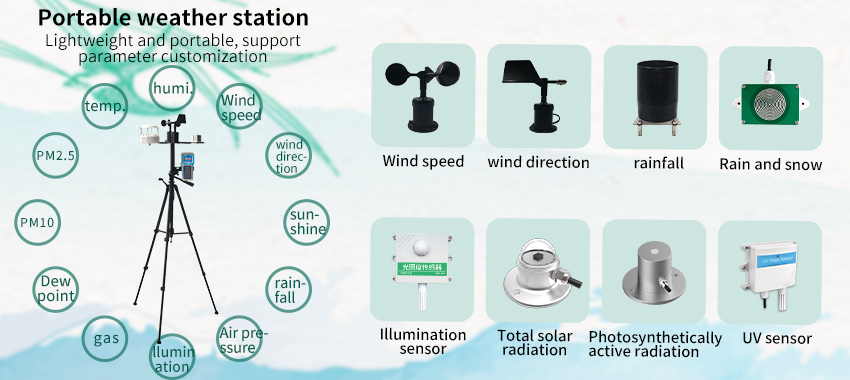Weather stations play a crucial role in shaping our understanding of the environment. These stations are equipped with various instruments and sensors that collect data on atmospheric conditions such as temperature, humidity, wind speed, and precipitation. By analyzing this data, meteorologists can make weather forecasts, monitor climate trends, and study the impact of human activities on the environment.

One of the key functions of weather stations
is to provide real-time weather information to the public. This information is essential for planning daily activities, such as deciding what to wear or whether to bring an umbrella. Weather stations also play a critical role in forecasting severe weather events, such as hurricanes, tornadoes, and blizzards. By issuing timely warnings and advisories, meteorologists can help save lives and reduce property damage.
In addition to providing short-term weather forecasts
weather stations also collect data that is used to study long-term climate trends. By analyzing historical weather data, scientists can track changes in temperature, precipitation patterns, and extreme weather events over time. This information is crucial for understanding the impact of climate change and developing strategies to mitigate its effects.
Weather stations are also instrumental in monitoring air quality and pollution levels
By measuring concentrations of pollutants such as ozone, particulate matter, and carbon monoxide, meteorologists can assess the health risks associated with poor air quality. This information is used to issue air quality alerts and advisories, as well as to inform public policy decisions aimed at reducing pollution and improving air quality.
Another important function of weather stations is to support agricultural activities
Farmers rely on weather forecasts to make decisions about planting, irrigation, and harvesting. By providing accurate and timely weather information, weather stations help farmers optimize their crop yields and minimize losses due to adverse weather conditions.
Weather stations also play a role in research and education
Scientists use weather data collected from stations around the world to study atmospheric processes, climate change, and weather patterns. This research is essential for advancing our understanding of the environment and developing strategies to protect it for future generations. Weather stations also provide valuable educational resources for students and the public, helping to raise awareness about the importance of weather and climate science.

In conclusion
weather stations are indispensable tools for shaping our understanding of the environment. By collecting and analyzing data on atmospheric conditions, these stations help us make informed decisions about daily activities, prepare for severe weather events, monitor climate trends, and study the impact of human activities on the environment. As we continue to face the challenges of climate change and environmental degradation, weather stations will play an increasingly important role in helping us protect our planet for future generations.
Overall, weather stations are vital components of our scientific infrastructure, providing essential data that informs a wide range of activities and decisions. Their role in shaping our understanding of the environment cannot be overstated, and their continued operation and development are crucial for addressing the environmental challenges we face today and in the future.